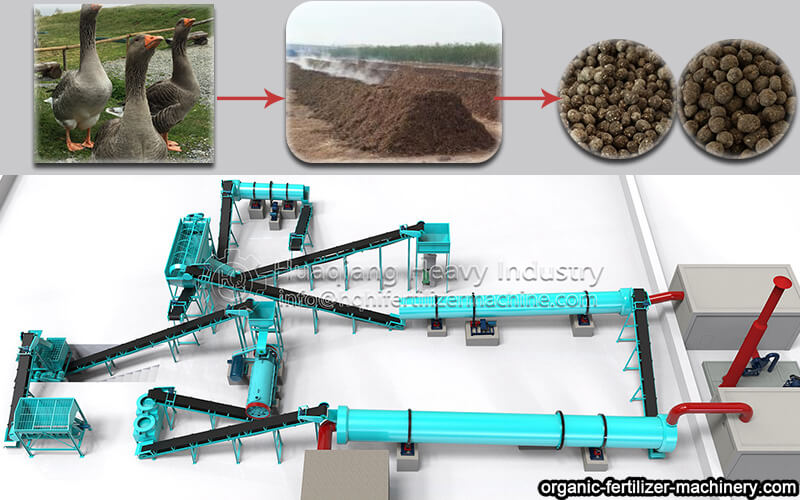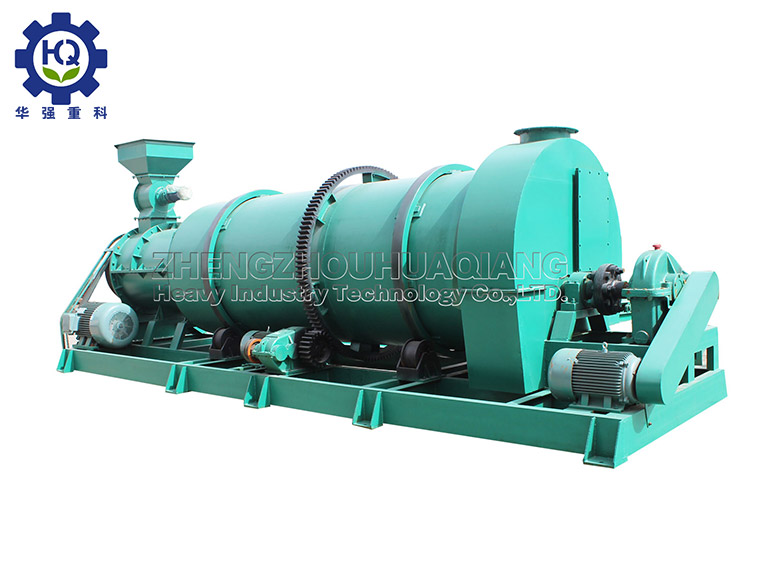In recent years, we have all understood that the country has made great efforts to control environmental protection, especially with strict requirements for agriculture and animal husbandry. Organic fertilizers need to be used to regulate and improve the soil in agriculture, so that it is rich in organic matter, so that the soil can not be damaged. For animal husbandry, it is necessary to strictly treat animal manure, Using organic fertilizer equipment to ferment and process animal manure into organic fertilizer for soil use is also a win-win solution that organic fertilizer equipment can achieve. Under this premise, it also solves the pollution problem caused by animal manure.
For the problem of soil pollution, the country is currently vigorously addressing it, and development needs to rely on agriculture. Agriculture is not booming, let alone moving forward. There are reasons why the country is vigorously promoting the use of organic fertilizers. Using organic fertilizer granulators to produce organic fertilizers can not only improve soil compaction, but also effectively increase soil organic matter. Only when the soil has a high organic matter content can it develop towards health, This also confirms the significant contribution of organic fertilizer equipment to agriculture..jpg)
Strong support and advocacy from the country. Because the use of organic fertilizers is effective and the processing and production process is a way to turn waste into treasure, it can alleviate the problems encountered in agricultural production such as soil compaction, salinization, and chemical residues. It has many advantages for the soil and also supports the country’s sustainable development strategy to a certain extent. Therefore, the country strongly supports the related industries of organic fertilizer production lines, At the same time, it is precisely due to the strong support of the country and the promotion of the use of organic fertilizers that the organic fertilizer production line has rapidly developed and become a highlight in the mechanical industry.
The main task of organic fertilizer equipment is to sterilize livestock and poultry manure and produce organic fertilizer. This not only solves the problem of livestock and poultry farmers dealing with poultry manure, but also promotes the development of ecological agriculture and circular economy. The organic fertilizer production line has the characteristic of using manure as organic fertilizer, which can also create economic benefits for enterprises and promote the development of human environmental protection engineering, making a huge contribution to this.


.jpg)
.jpg)

.jpg)
.jpg)

